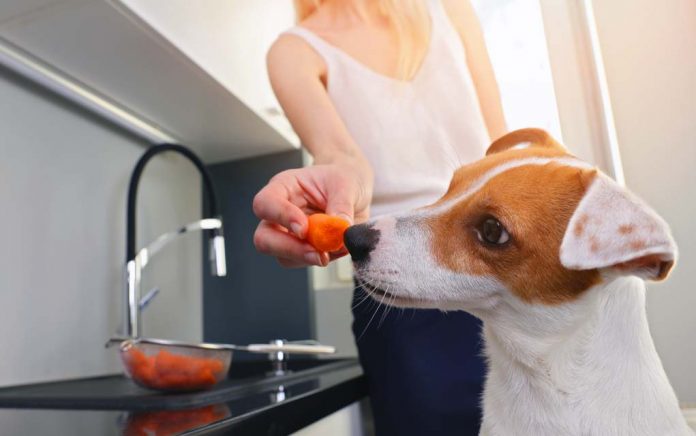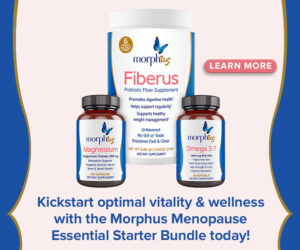
Many people may be interested in feeding their dogs a raw diet, but most of those people are probably unsure how to make the switch from commercial kibble or canned. The good news is, switching to raw foods is quite easy.
Any dog—old and young, healthy and not so healthy—can benefit from a raw diet, and many owners of animals with various diseases or afflictions have reported incredible improvement and/or a complete cure after they switched their pet to a raw diet.
Feeding Recommendations
- Dogs should only be fed between the hours of noon and midnight because they digest between these hours, using 80 percent of their daily energy. Additional food should not be given outside this period as it can slow down the digestive process.
- Adult dogs do not need to be fed more than once daily in the evening around dinner. Dogs sleep during the day and hunt and eat in the evening.
- Puppies need to be fed at least twice a day, starting at noon.
- Puppies and adults need to fast once a week. Puppies up to one year old should only fast a half day a week. Fasting gives the 80 percent energy back to heal and restore the body. (This is extremely important for your dog, almost as much as feeding a raw diet!)
- Your dog is highly unlikely to contract salmonella or e-coli from raw meat. The acids in their saliva and digestive tracts are many times higher than our own. This high level of acid kills these bacteria. They also have very short digestive tracts allowing for quicker elimination of meat. Consequently, meat does not sit in the digestive tract long enough to collect bacteria.
- Do not mix raw food with commercial kibble or canned foods, which are cooked and are not bio-available to the dog. Dogs simply do not have the enzymes to properly digest cooked foods.
Switching Your Dog to a Raw Diet
- Fast your dog for 1 day (one-half day for puppies) prior to feeding them raw food.
- If the dog was previously healthy, split the raw meal into two parts, feeding the first around noon and the other around dinner time.
- Although unlikely, watch for diarrhea or vomiting. If there is diarrhea, feed smaller amounts over the days to follow. If there is vomiting, your dog may need extra enzymes.
- Your dog may act hungry even after eating. Dogs will gorge on the right foods. However, even when full, once they get a taste of real meat, they want more! Instead of automatically giving in, use your dog’s weight as a guide to the proper amount to feed him. Slightly lean is better than overweight.
- Make sure your dog has filtered water at all times.
Changes in Your Dog's Health
Dogs fed on a raw diet drink less due to the water content in the food. Dogs will also defecate much less as well; those in the habit of defecating multiple times a day will likely change to once a day on a raw diet.
Man's best friend will also shed less, have fewer eye and ear infections, and their breath (though still doggy) will improve. Any tear stains will slowly disappear, and if your dog is fed a raw diet from puppyhood, the tears will not stain at all. Teeth will be virtually tartar-free and any tartar that has accumulated on the teeth often disappears.
A raw diet is highly recommended and is the most bio-appropriate food to feed your dog.
For more on the benefits of a raw diet for your dog, consult Healing Pets with Nature's Cures by Henry Pasternak, DVM, CVA, and The Holistic Guide for a Healthy Dog by Wendy Volhard and Kerry Brown, DVM.




